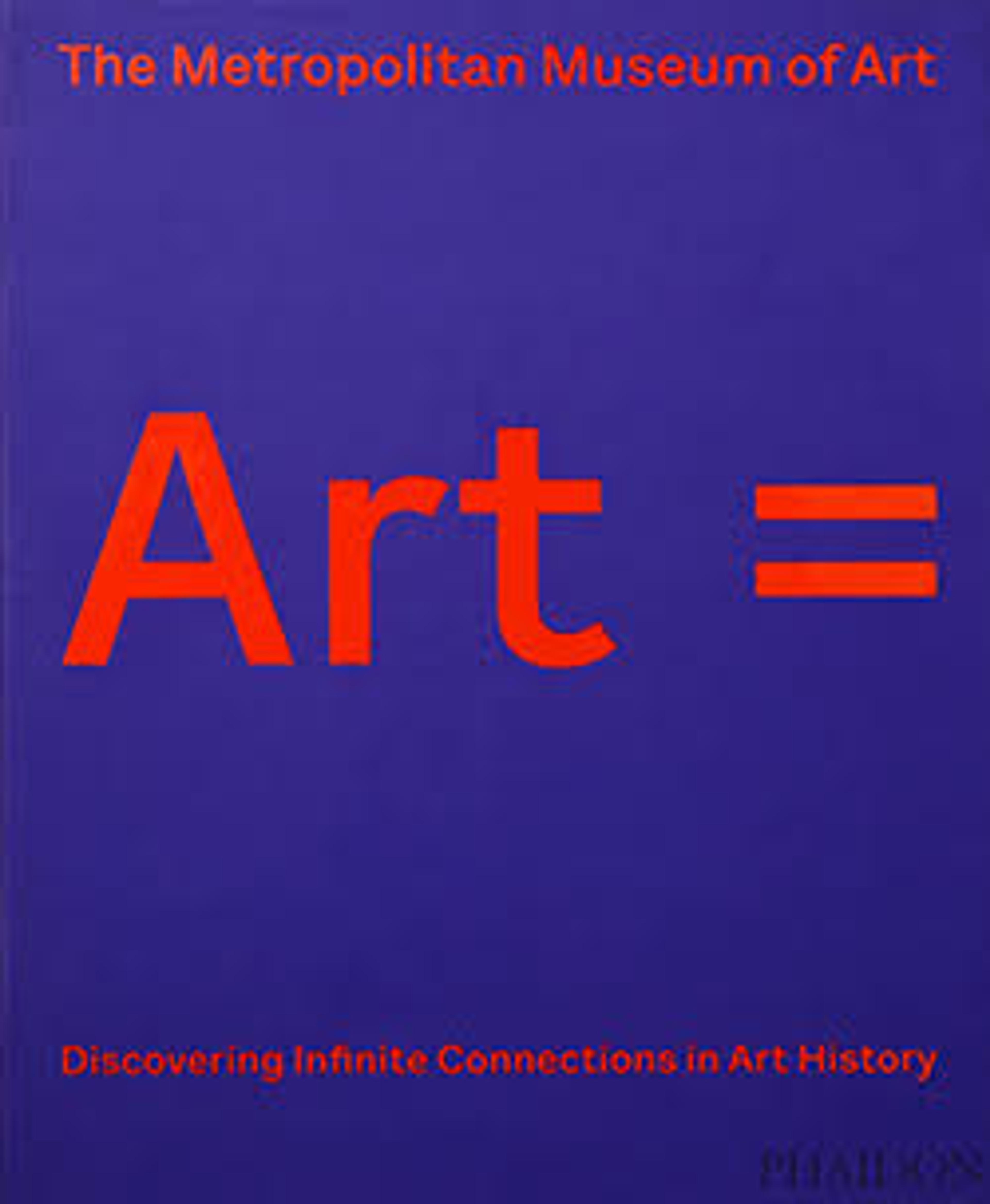Osiris inscribed for Harkhebit, son of Padikhonsu and Isetempermes
During the first millennium B.C. Osiris’s cult became dominant and was observed in seemingly every temple in the land. This large Osiris was dedicated somewhere at Memphis. After a period, which might even be hundreds of years, it was removed with other figures – including 10.175.131, .132 and .134 - for respectful burial within the temple precincts.
The statue's facial features - upturned eyes and a small curved mouth - recall early to mid-Saite Period style. Various factors need consideration, but it may be that this statue, like the statue of Nefertum 10.175.131 that has similar features, dates to a period long before it was cached away, probably sometime in the fourth or third century.
The name of the dedicator's mother means Isis-is-in-the-birth-house and she gave her son, the dedicator, a name meaning Horus-is-in-the-marshes, referring to Isis giving birth to Horus and concealing him in the marshes during his infancy.
The statue's facial features - upturned eyes and a small curved mouth - recall early to mid-Saite Period style. Various factors need consideration, but it may be that this statue, like the statue of Nefertum 10.175.131 that has similar features, dates to a period long before it was cached away, probably sometime in the fourth or third century.
The name of the dedicator's mother means Isis-is-in-the-birth-house and she gave her son, the dedicator, a name meaning Horus-is-in-the-marshes, referring to Isis giving birth to Horus and concealing him in the marshes during his infancy.
Artwork Details
- Title:Osiris inscribed for Harkhebit, son of Padikhonsu and Isetempermes
- Period:Late Period–Ptolemaic Period
- Date:600–300 BC
- Geography:From Egypt, Memphite Region, Memphis (Mit Rahina), Egyptian Antiquities Service, found July 1909
- Medium:Bronze, silver
- Dimensions:H. 76 cm (29 15/16 in.); H. without tang 72 cm (28 3/8 in.); W. 22.3 cm (8 3/4 in.); D. 18.5 cm (7 5/16 in.)
- Credit Line:Rogers Fund, 1910
- Object Number:10.175.133
- Curatorial Department: Egyptian Art
More Artwork
Research Resources
The Met provides unparalleled resources for research and welcomes an international community of students and scholars. The Met's Open Access API is where creators and researchers can connect to the The Met collection. Open Access data and public domain images are available for unrestricted commercial and noncommercial use without permission or fee.
To request images under copyright and other restrictions, please use this Image Request form.
Feedback
We continue to research and examine historical and cultural context for objects in The Met collection. If you have comments or questions about this object record, please contact us using the form below. The Museum looks forward to receiving your comments.
